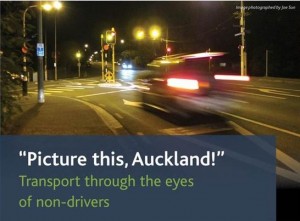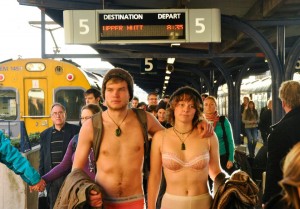Original article by Erin L. McCoy at yesmagazine.org

Where I grew up, owning a car was a necessity rather than a choice, and where it’s not a choice it can quickly become an emblem of pride.
But when I moved to Seattle a few months ago, I had a choice for the first time. I decided to sell my car and try a life without it—though it shuddered to an unsurprising halt before I had the chance to sell. Considering I already couldn’t park it on hills (where it refused to roll any direction but down), it wouldn’t have survived Seattle anyway.





Comments